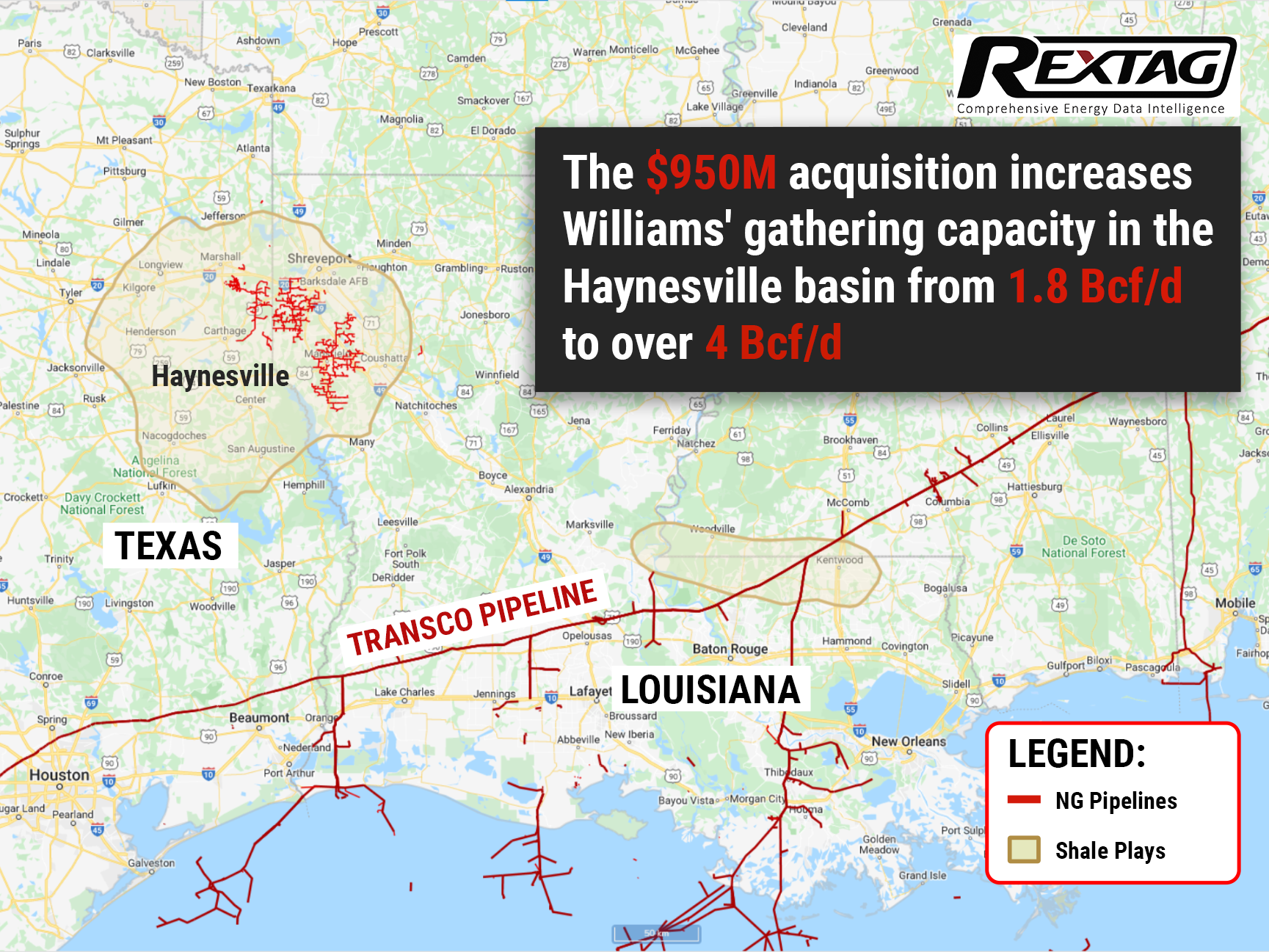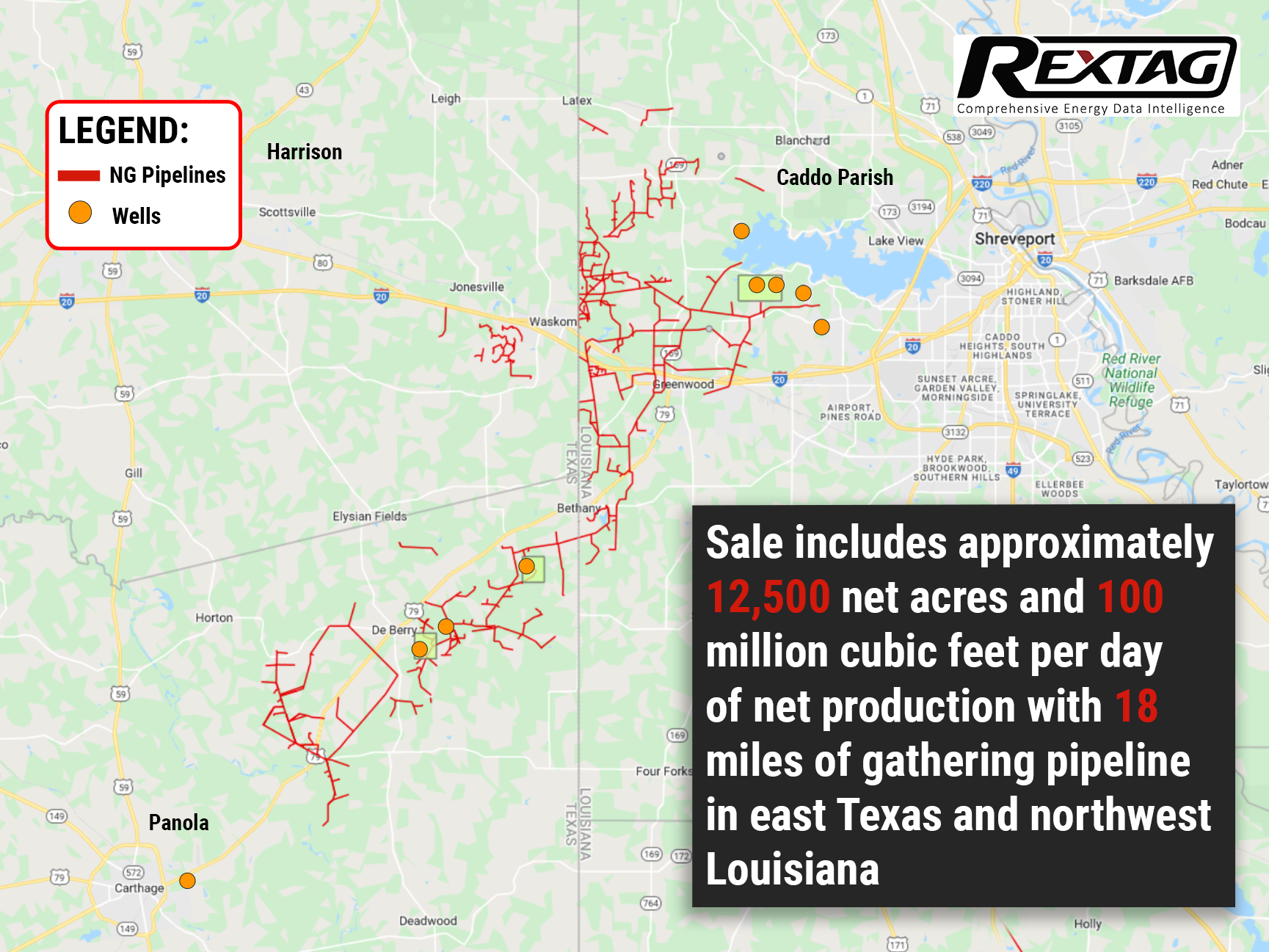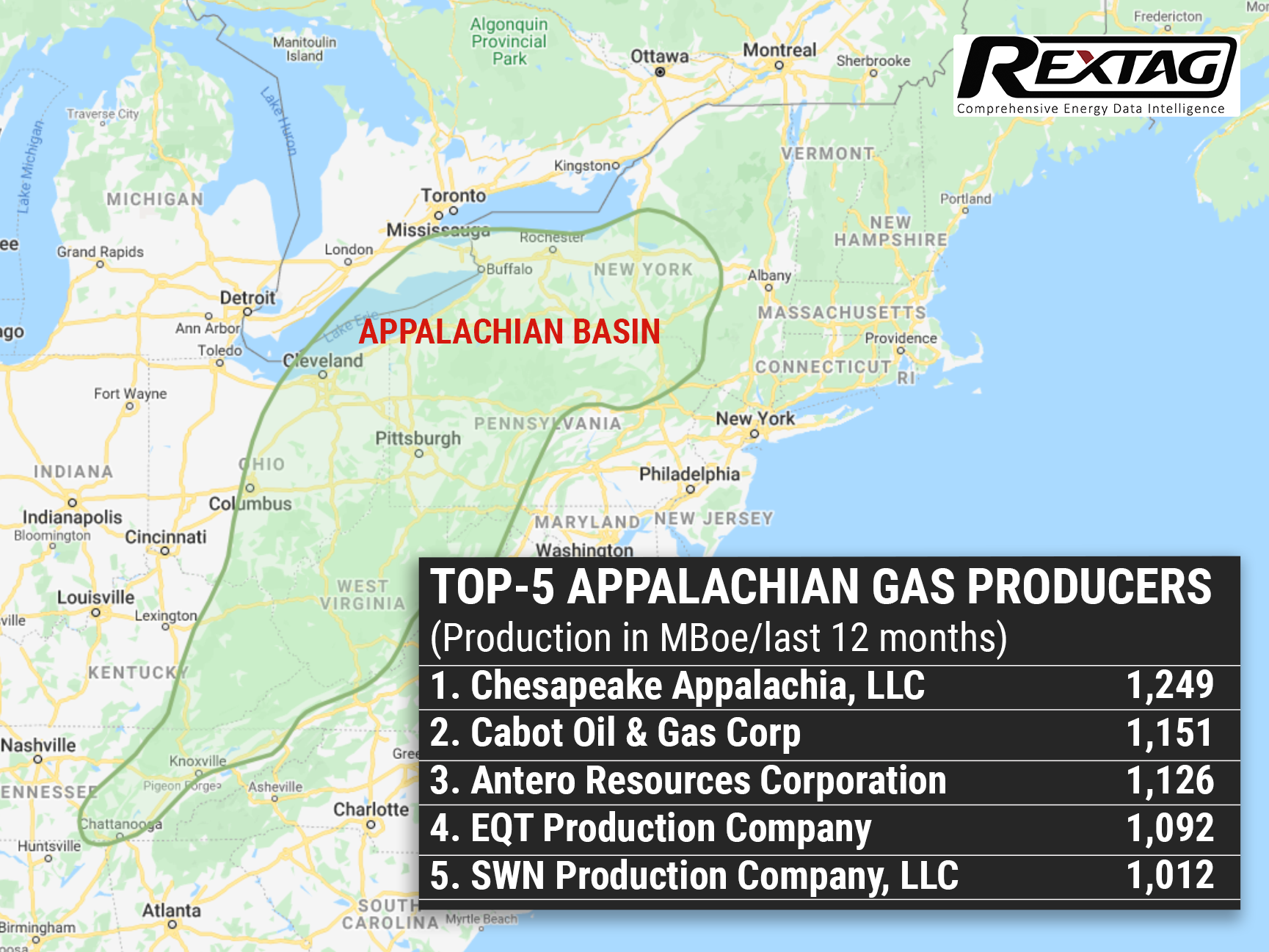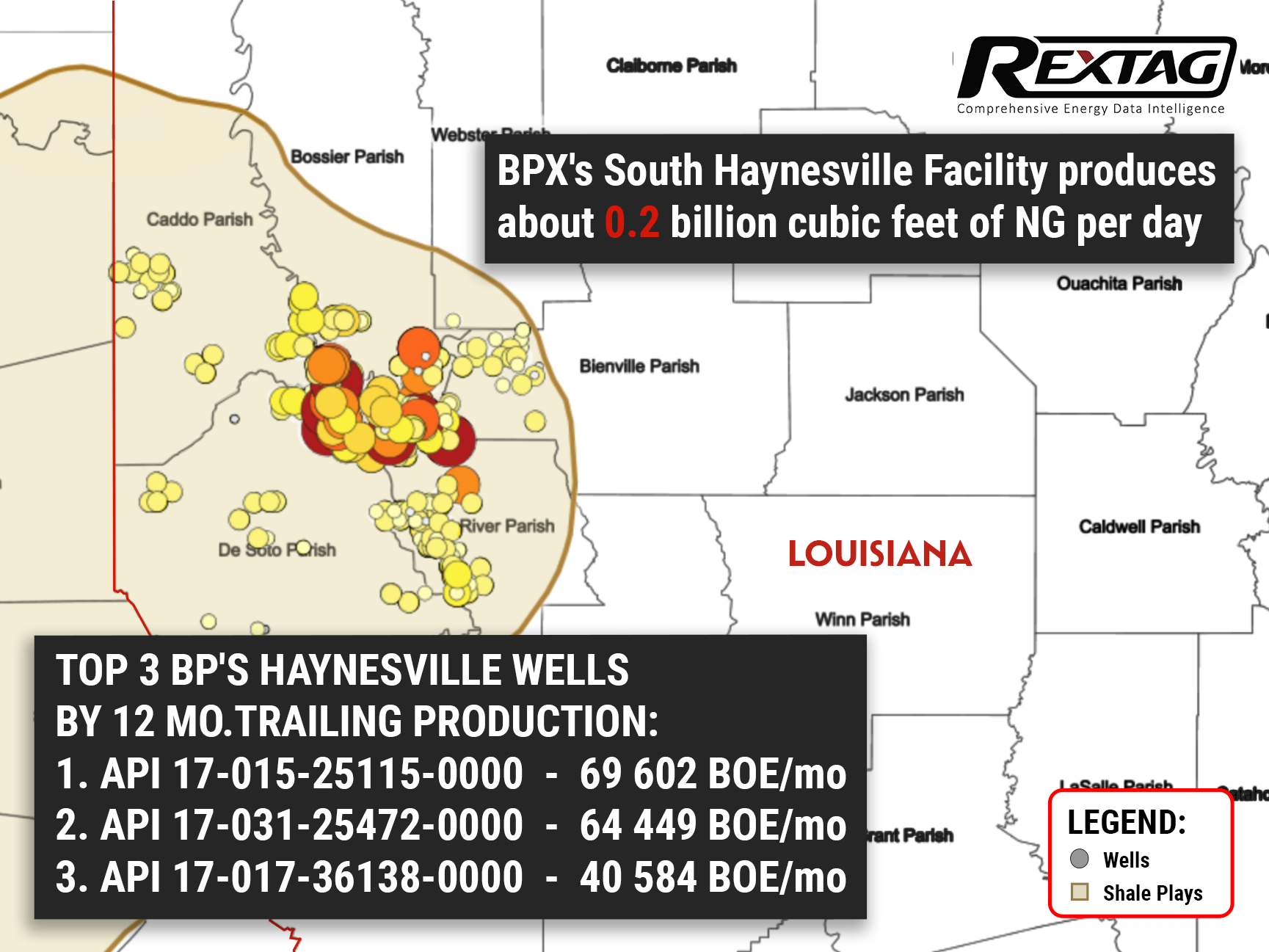Blog
Since days when shale oil and gas technologies were discovered, the U.S. energy industry has been evolving more rapidly than ever before. Many changes are amazing especially when you put them on an industry map. At Rextag not only do we keep you aware of major projects such as pipelines or LNG terminals placed in service. Even less significant news are still important to us, be it new wells drilled or processing plants put to regular maintenance.
Daily improvements often come unnoticed but you can still follow these together with us. Our main input is to “clip it” to the related map: map of crude oil refineries or that of natural gas compressor stations. Where do you get and follow your important industry news? Maybe you are subscribed to your favorite social media feeds or industry journals. Whatever your choice is, you are looking for the story. What happened? Who made it happen? WHY does this matter? (Remember, it is all about ‘What’s in It For Me’ (WIIFM) principle).
How Rextag blog helps? Here we are concerned with looking at things both CLOSELY and FROM A DISTANCE.
"Looking closely" means reflecting where exactly the object is located.
"From a distance" means helping you see a broader picture.
New power plant added in North-East? See exactly what kind of transmission lines approach it and where do they go. Are there other power plants around? GIS data do not come as a mere dot on a map. We collect so many additional data attributes: operator and owner records, physical parameters and production data. Sometimes you will be lucky to grab some specific area maps we share on our blog. Often, there is data behind it as well. Who are top midstream operators in Permian this year? What mileage falls to the share or Kinder Morgan in the San-Juan basin? Do you know? Do you want to know?
All right, then let us see WHERE things happen. Read this blog, capture the energy infrastructure mapped and stay aware with Rextag data!
Under Construction Pipelines: Outlook 2023 by Rextag
According to Globaldata, 196,130km of planned and announced trunk oil and gas pipelines are anticipated to become operational globally between 2023 and 2030. This consists of 113,099km of planned pipelines that have identified development plans, and 83,031km of early-stage announced pipelines currently under conceptual study, expected to receive development approval. Based on Global Energy Monitor's 2023 data, Africa and the Middle East account for 49% of the global oil transmission pipeline construction, valued at US$25.3 billion. The report indicates these regions are currently constructing 4,400 km of pipelines with an investment of US$14.4 billion. There are plans for an additional 10,800 km at an approximate cost of US$59.8 billion.
WhiteHawk Energy Secures $100M Finance Facility for Core Natural Gas Asset Acquisition
WhiteHawk Energy LLC completed its second Haynesville Shale mineral and royalty acquisition of the year, spanning northwestern Louisiana and eastern Texas. WhiteHawk also secured a $100 million acquisition finance facility from an undisclosed "top tier institution." The company will utilize $20 million from this facility to fund the Haynesville purchase from Mesa Minerals Partners II LLC
Haynesville's Top 2022 Players That Made It Happen
After reaching record-high production in 2021, the Haynesville Shale seemed to have a quiet 2022, with a smattering of deal activity and attention seemingly focused more on LNG exports than production. Meanwhile, the indications are that the third-largest producing gas shale in the U.S. is growing up for a robust 2023 if commodity prices stand still. Top basin performers Chesapeake Energy, Southwestern Energy, Comstock Resources, Aethon Energy, and Rockcliff Energy II produced a combined total of 1.53 MMboe/d, 83 bbl/d of oil, and 9.2 Bcf/d of gas in the first half of 2022.
Momentum Midstream Becomes a Leader in Haynesville Due to Latest Acquisitions
Houston-based company Momentum Midstream LLC on September 22 purchased Midcoast Energy LLC’s East Texas business from an affiliate of Arc Light Capital Partners LLC and Align Midstream LLC from Tailwater Capital and claimed that it establishes a leading presence in the Haynesville Shale. New Generation Gas Gathering or NG3 project will collect natural gas produced in the Haynesville Shale for re-delivery to premium Gulf Coast markets, including LNG export. Moreover, the NG3 project includes a carbon capture and sequestration component that will eliminate 100% of the CO₂ and accumulate it underground for a long time, creating a net negative carbon footprint. With the combined assets of Midcoast ETX and Align Midstream, Momentum is currently delivering volumes of more than 2 Bcf/d for a diverse customer base composed of producers, utilities, end-users, and LNG exporters. Momentum’s footprint in the Haynesville includes about 3,000 miles of gathering pipelines, 1.5 Bcf/d of treating capacity, 700 MMcf/d of processing capacity, 200,000 HP of compression, and 820 miles of pipelines transporting gas to the Gulf Coast markets in southeast Texas and the Carthage and Bethel markets in East Texas.
$1B Deal: Williams Buys Out Houston-based Midstream in Haynesville Basin
By purchasing the gathering and processing assets of Trace Midstream, Williams' existing footprint gains expanded capacity in one of the nation's largest growth basins, bringing its Haynesville gathering capacity to over 4 Bcf/d — increasing more than 200% from 1.8 Bcf/d. The deal also includes a long-term commitment from Trace and Quantum to support Williams' Louisiana Energy Gateway project (LEG), which is aimed to deliver responsibly sourced Haynesville’s naturalgas to markets along the Texas and Louisiana GulfCoast
Pine Wave Energy and Silver Hill Reached an Agreement Over Haynesville Assets — Deal is Sealed
Looks like Pine pulled the plug on its properties in Caddo Parish, Louisiana, and Harrison and Panola counties, Texas. Which includes a total of 12,500 acres and ownership interests in 10 operated wells with a production capacity of 100 million cubic feet per day along with 18 miles of naturalgas gathering pipelines. Did Pine just give up on Haynesville?
Look At The Future Of American And Appalachian Gas Production
The crux of the matter is rather simple: productivity gains of local energy operators have been stable not only because they are drilling better acreage, but also because players finally realized capital efficiency gains. And even if some new obstacles impede Appalachia's growth at the same rate as the Permian or Haynesville, it does not detract from the value of the Marcellus and Utica basins. The Appalachians will still be the top producers at a very competitive pace as long as commercial inventory exists. After all, as long as there is commercial inventory, somebody will have to drill.

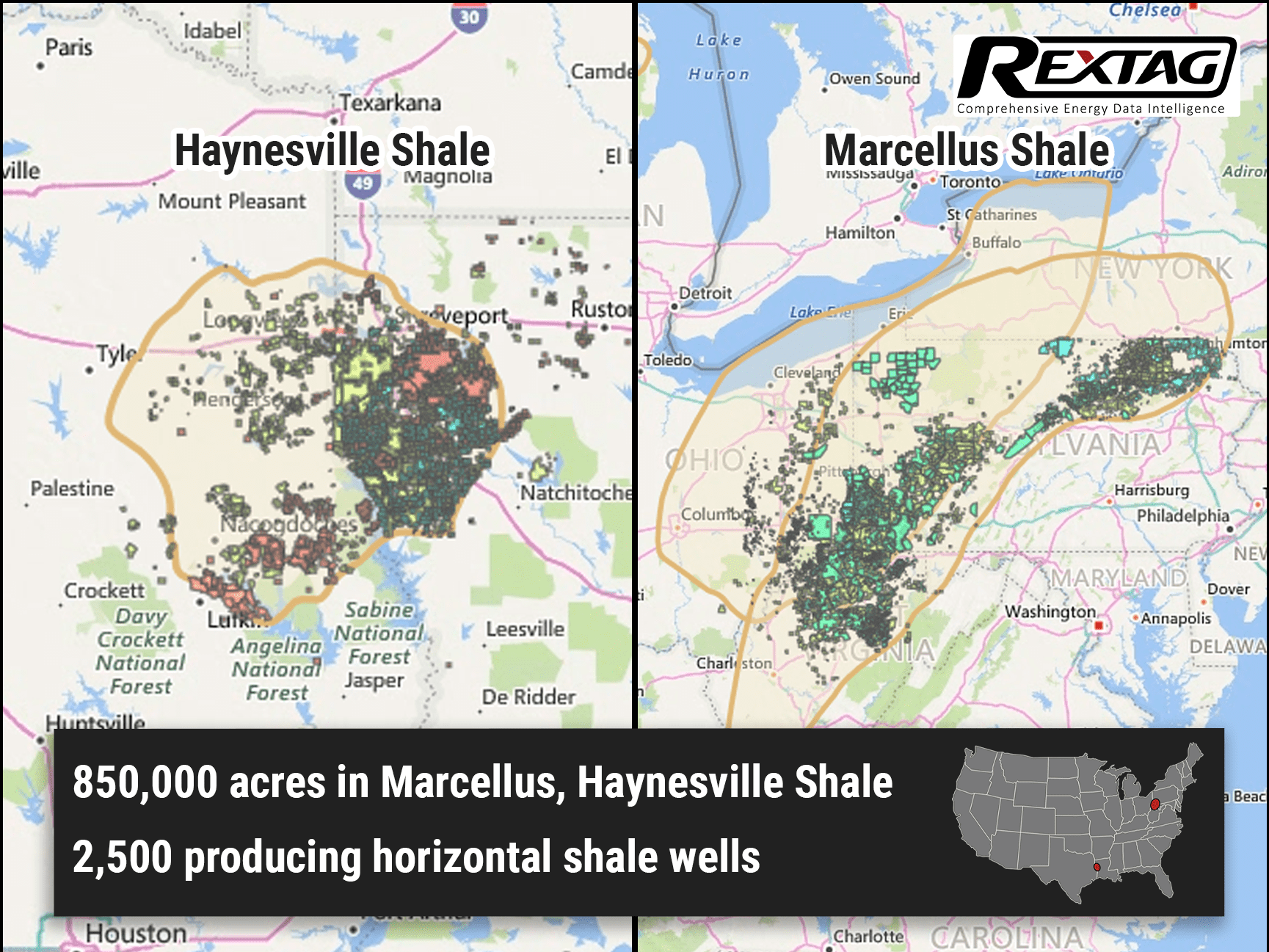
.png)
.png)
.png)
